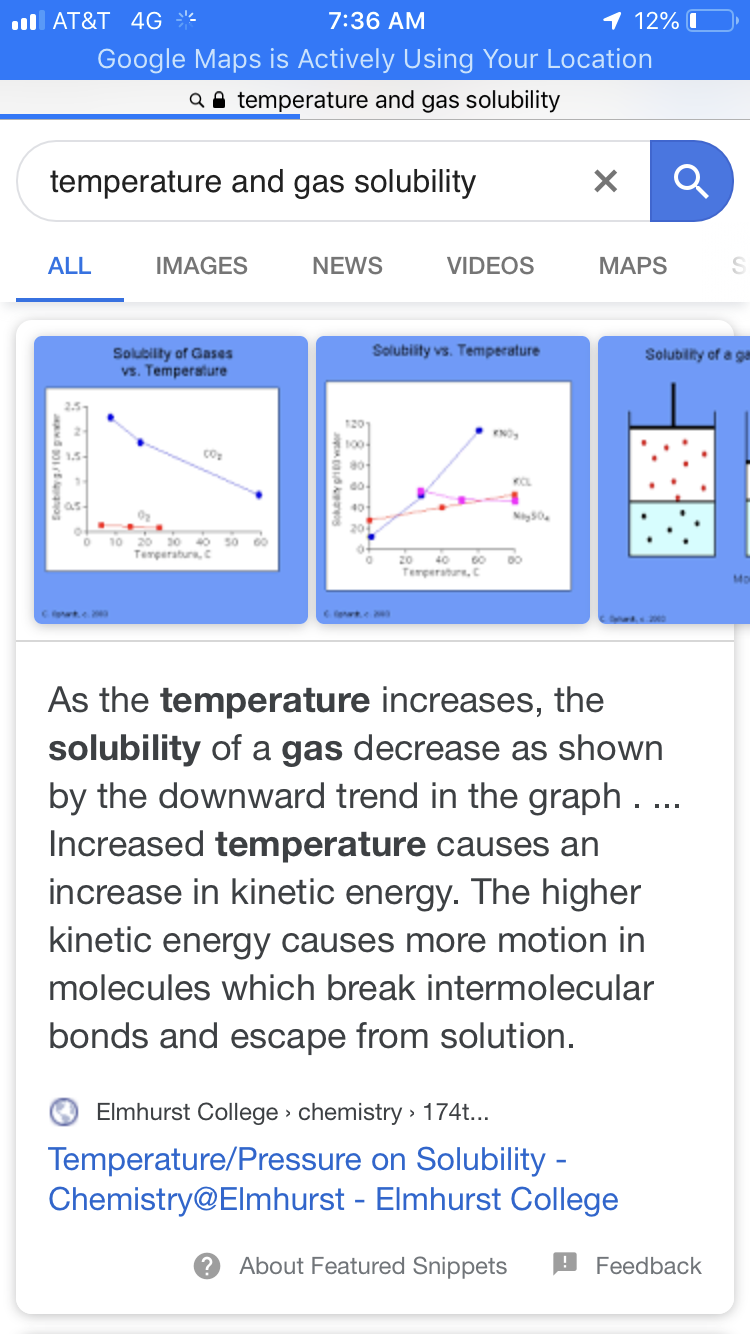So I am a younger brewer (less experienced) and I am going to be attempting my first NEIPA. From reading and attempting to learn I have seen that this is sometimes a very picky style. I have not jumped into kegging. I am planning on bottling this but have heard that oxidation is a potential problem.
So here is my thought. Purge/fill all the bottles with CO2 before beer. Then cap and allow to carbonate. The “method” for this would be something in the manner of sanitize everything, and with dry ice place all bottles into a storage tote and allow the dry ice to completely sublimate. CO2 is heavier then O2 and would push all the O2 out. Then bottle while in the tote and cap.
Thoughts, concerns, ideas.
So here is my thought. Purge/fill all the bottles with CO2 before beer. Then cap and allow to carbonate. The “method” for this would be something in the manner of sanitize everything, and with dry ice place all bottles into a storage tote and allow the dry ice to completely sublimate. CO2 is heavier then O2 and would push all the O2 out. Then bottle while in the tote and cap.
Thoughts, concerns, ideas.




